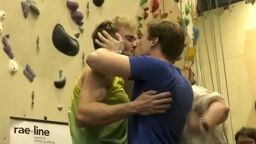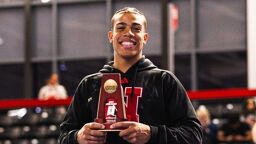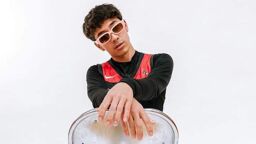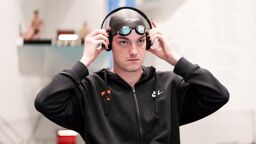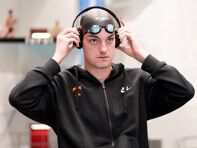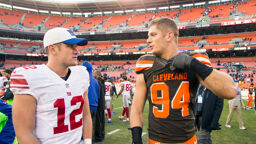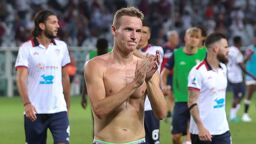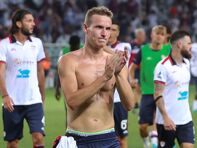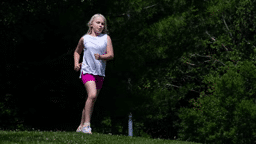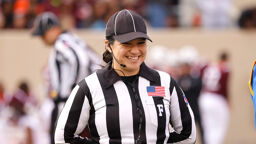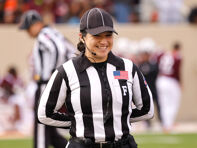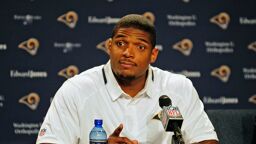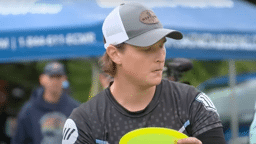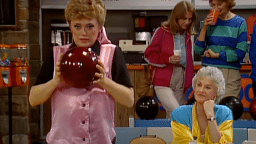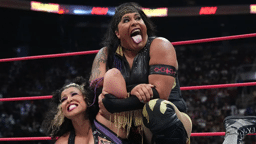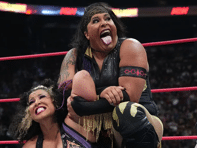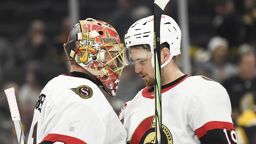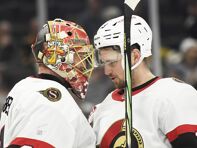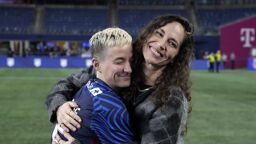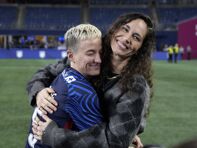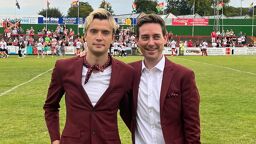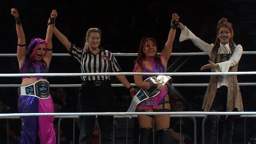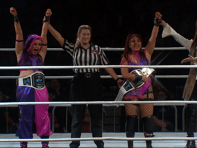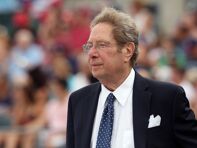The historic number of out LGBTQ athletes competing at the Tokyo Summer Olympics reflects the growing acceptance of LGBTQ people in sports and society. These are the “Rainbow Olympics,” and we’ve loved every second of it.
But over these last two weeks, as I’ve seen American shot putter Raven Saunders proudly call herself a “flaming gay” and Filipino boxer Nesthy Petecio dedicate her silver medal to the LGBTQ community, one question keeps coming back to my mind: When will male sports catch up?
We’ve already covered how out LGBTQ women outnumber men by about 9-to-1 in Tokyo. And if you take out sports that aren’t equestrian or in a pool, the disparity grows even greater. There are nine out male Olympians competing in equestrian, swimming and diving. They account for nearly 60% of the out male athletes at the Games.
Meanwhile, those three sports account for just 7% of all the events being held at the Olympics.
There are multiple explanations for the imbalance, beginning with the notion that there may simply be more LGBTQ women in elite sports than men. Outsports co-founder Cyd Zeigler asked out women in elite-level American soccer, hockey and basketball what percentage of their current team they believe is LGBTQ, and their answers ranged from 30% to 80%.
It’s hard to believe any male athlete in any sport would say 80% of his team is LGBTQ, or even 30%.
But come on, there’s no way the complete dearth of out male athletes in Tokyo is an accurate representation of how many LGBTQ men compete in high-level sports. With only 17 out men, that’s just 0.3% of all the male athletes at these Olympics. No way that’s it.
The culture still appears to be holding people back, even as we continue to see that male sports are, in fact, ready for out athletes.

We’ve had two male pro athletes come out this summer: Las Vegas Raiders lineman Carl Nassib, and Nashville Predators prospect Luke Prokop. Both players made history, and they’ve both been embraced. In fact, Nassib hasn't even been asked about his sexuality during training camp.
So much for the idea that a gay player would be a distraction.
With that in mind, it’s tempting to believe we’re on the cusp of a domino effect in male team sports. Given the overwhelmingly positive reaction to Nassib, it’s only a matter of time before another NFL player comes out, right?
You would think so, but then again, we said the same thing in 2013 and 2014. Within those two years, we had a pro basketball player (Jason Collins), pro soccer player (Robbie Rogers), NFL prospect (Michael Sam) and men’s Division 1 basketball player (Derrick Gordon) publicly come out as gay.
They didn’t spark a rainbow wave.
Granted, the landscape is different now than it was eight years ago. The number of out athletes in Tokyo (currently at 182) is more than triple than what we saw in the Rio Games, which happened just five years ago.
That means we’ll probably see even more out LGBTQ athletes compete at Paris 2024. Men have a lot of catching up to do.
For my money, one of the most powerful moments of this year’s Games came when Tom Daley took his seat at the podium after winning gold. The iconic out diver said he was “incredibly proud” to be a gay man, and oh yeah, also an Olympic champion.
“When I was younger I thought I was never going to be anything or achieve anything because of who I was,” Daley said. “To be an Olympic champion now shows that you can achieve anything.”
Amen. One day, I believe we’ll also hear those words from male soccer and basketball players.
Until then, I’ll be scratching my head.



